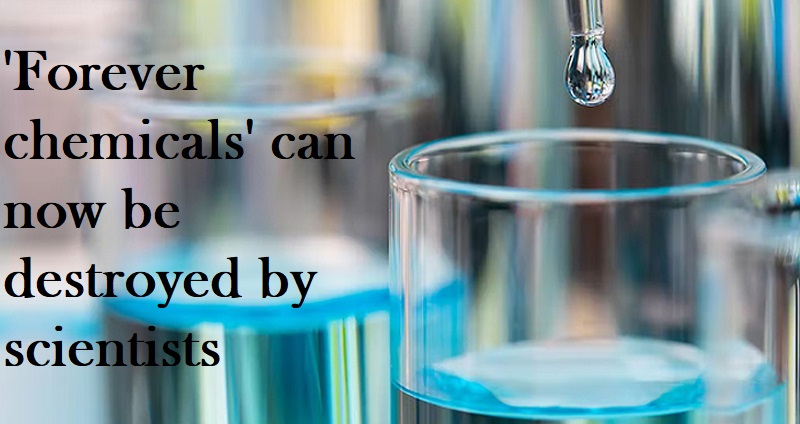
According to research published in Science, a new method for decomposing ‘forever chemicals,’ or PFAS, could represent a major breakthrough in addressing widespread environmental contamination around the world. PFAS are a large family of man-made chemicals known as ‘forever chemicals’ because they do not degrade in the environment, resulting in widespread contamination.
Where can we find PFAS?
Manufacturers use PFAS to make products that are resistant to oil, heat, stain, or water. According to the CDC, they can be found in everything from cosmetics to outdoor gear, nonstick pans, food wrappers, and countless other items, and thus end up in our food, water, and air. According to one study, 97% of Americans have measurable levels of PFAS in their blood. For years, experts have stated that the most common way to be exposed to PFAS is through drinking water.
PFAS breakdown at low temperatures
A new low-temperature technique for PFAS degradation has proven to be very effective. The fundamental understanding of how PFAS degrade is the single most important thing to come out of this study,’ said Will Dichtel, co-author of the new study. A study conducted by the University of Stockholm just a week ago revealed that rainwater almost everywhere on Earth contains dangerous levels of ‘forever chemicals.’
Researchers discovered per- and polyfluoroalkyl substances (PFAS) in rainwater nearly everywhere on Earth, including Antarctica. According to the CDC, the human health effects of low environmental levels of PFAS are unknown. According to some scientists, there is no link between PFAS and health problems.
Increased cancer risk
The Agency for Toxic Substances and Disease Registry, on the other hand, claims that PFAS exposure increases the risk of kidney or testicular cancer, increases cholesterol levels, and damages the liver and immune system.’ Over the last 20 years, there has been an astounding decline in guideline values for PFAS in drinking water,’ says Ian Cousins, lead author of the rainwater study.
Many people all over the world rely on rainwater;
‘Although we don’t often drink rainwater in the industrial world, many people around the world expect it to be safe to drink, and it supplies many of our drinking water sources,’ the study’s author added. Furthermore, agriculture all over the world is dependent on rain, and everything we eat requires water.
For years, experts have been calling for new PFAS limits, and studies like this one renew those calls. A bipartisan group of senators introduced the ‘No PFAS in Cosmetics Act’ in June 2021, which would prohibit the use of PFAS in cosmetics and personal-care items. The bill was not referred to a committee.
However, many companies, including clothing, fast food, and outdoor sports brands, have pledged to stop using PFAS in their products. The Green Science Policy Institute compiled a list of PFAS-free product brands that is available online. So, until scientists apply the new method to get rid of ‘forever chemicals,’ buying PFAS-free products when we need to replace our own is a good way to limit our exposure to them.

Post Your Comments